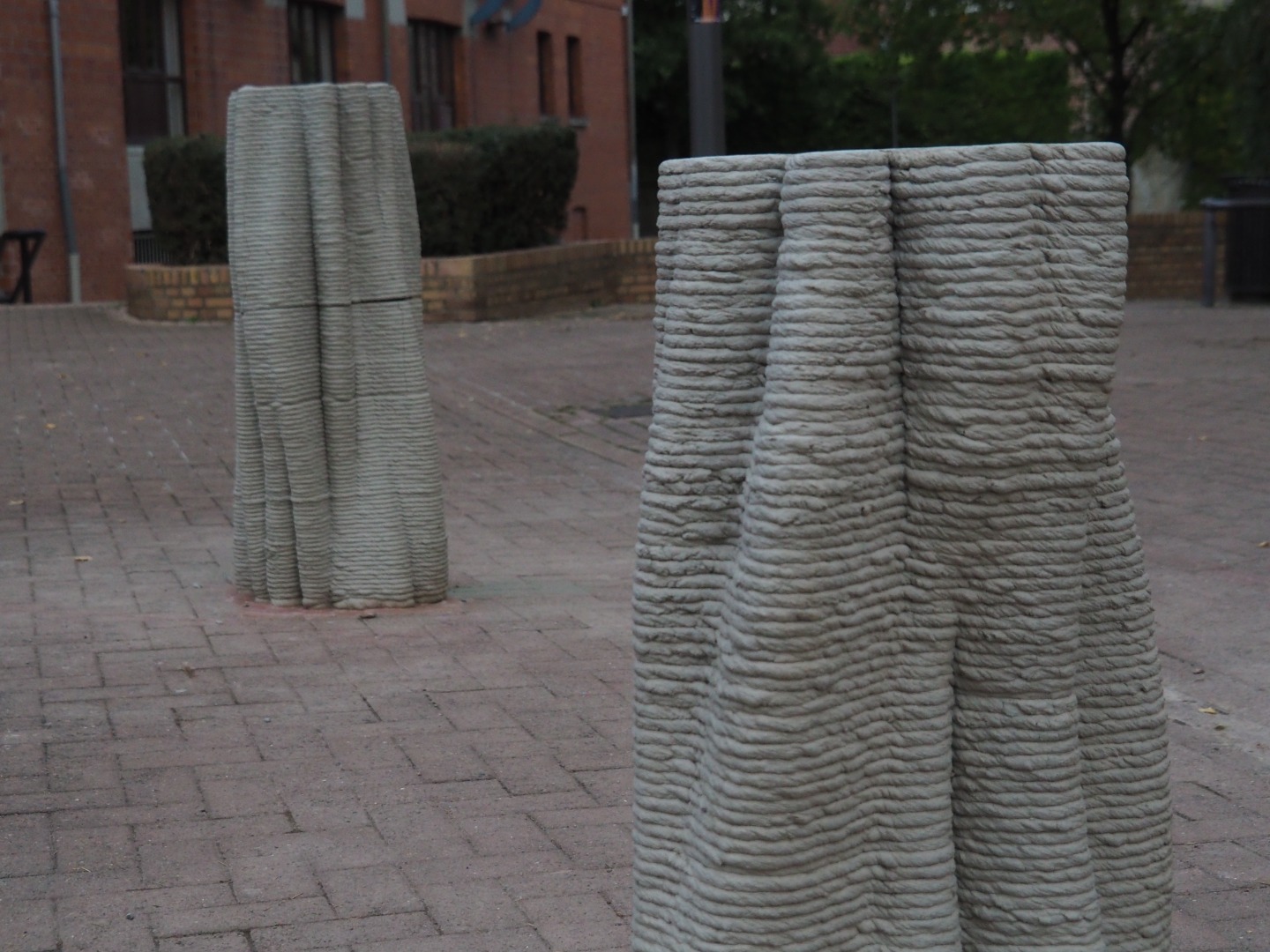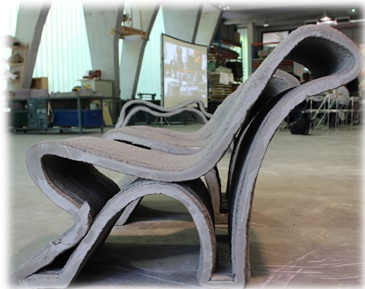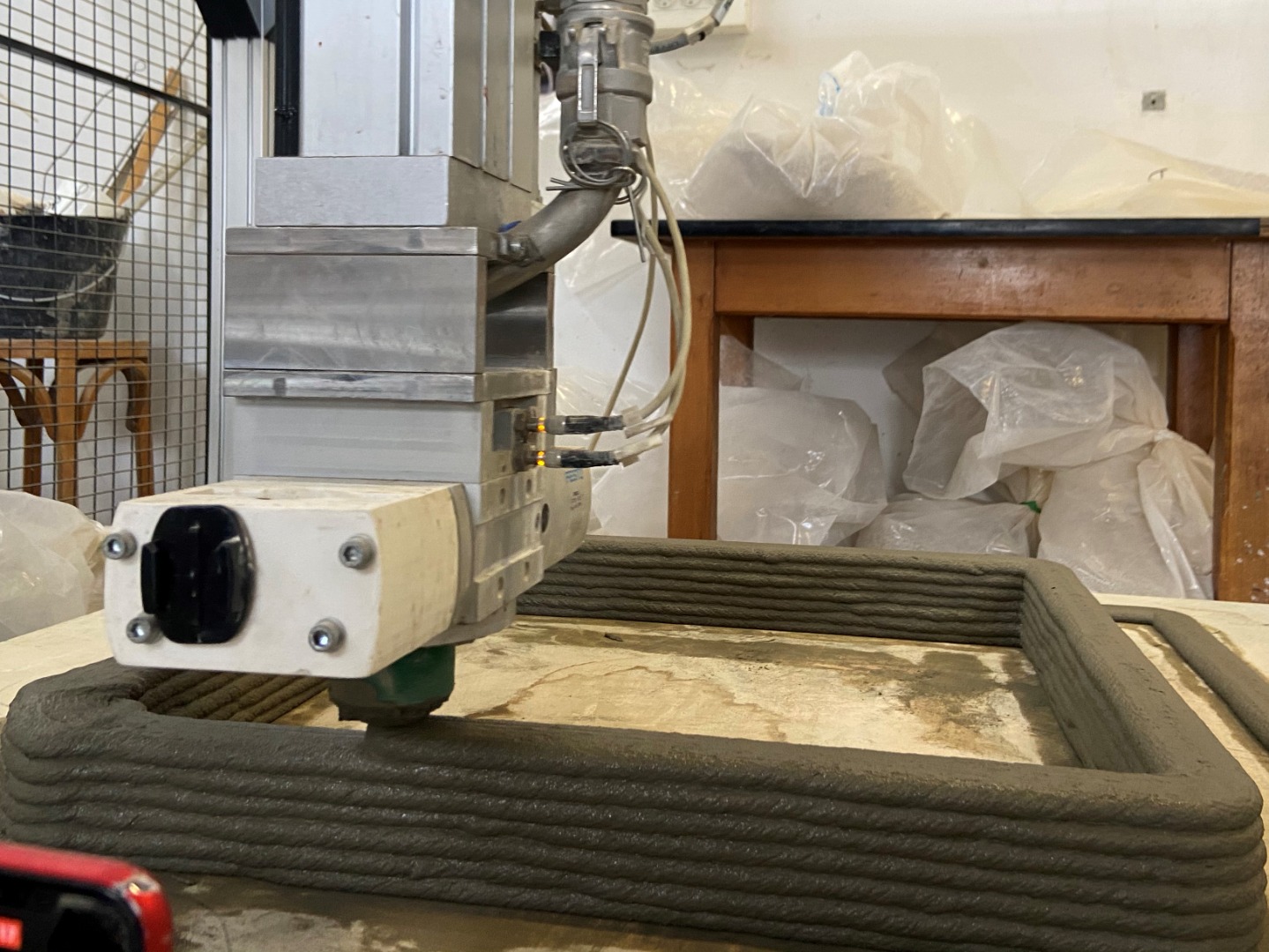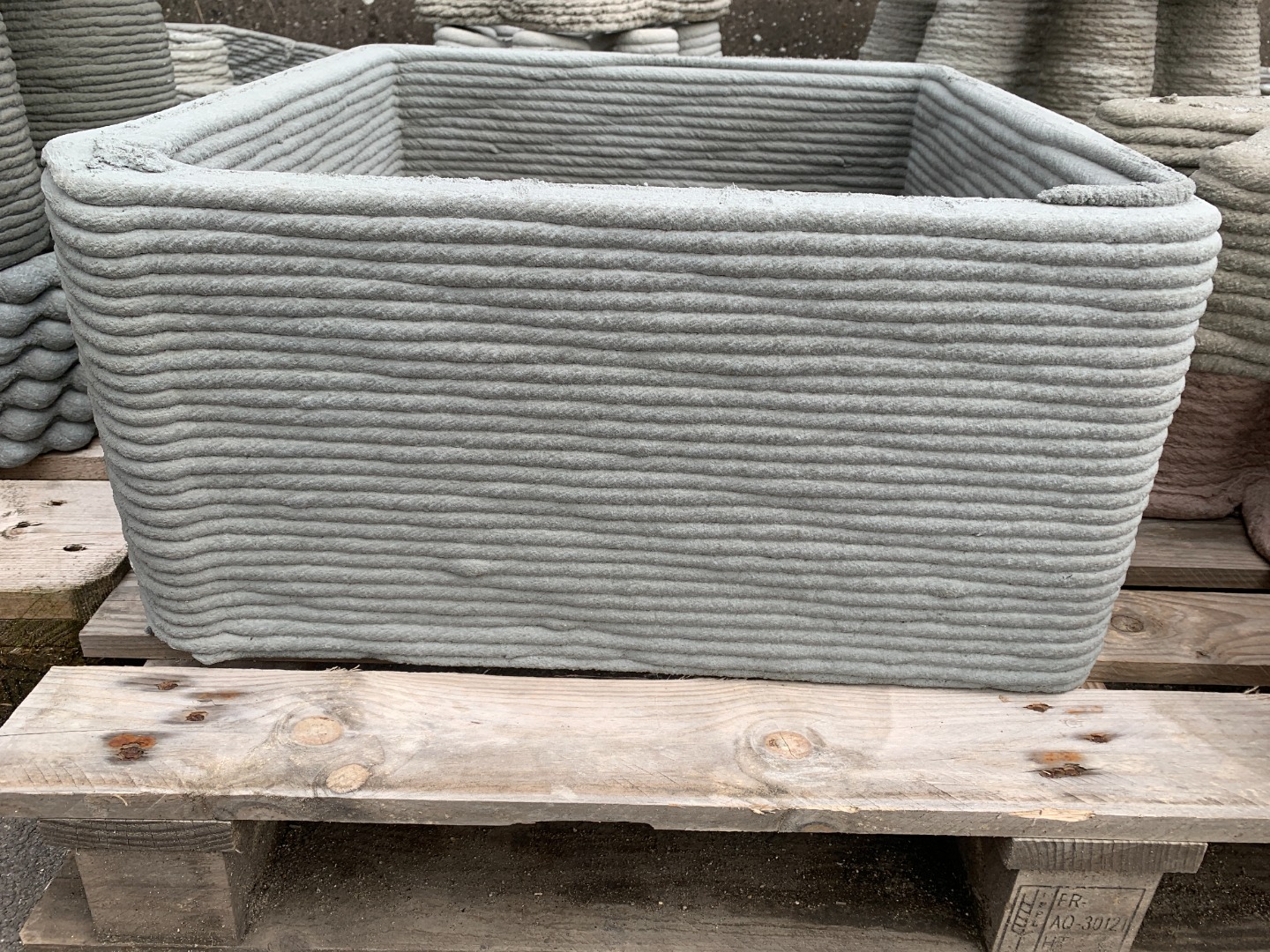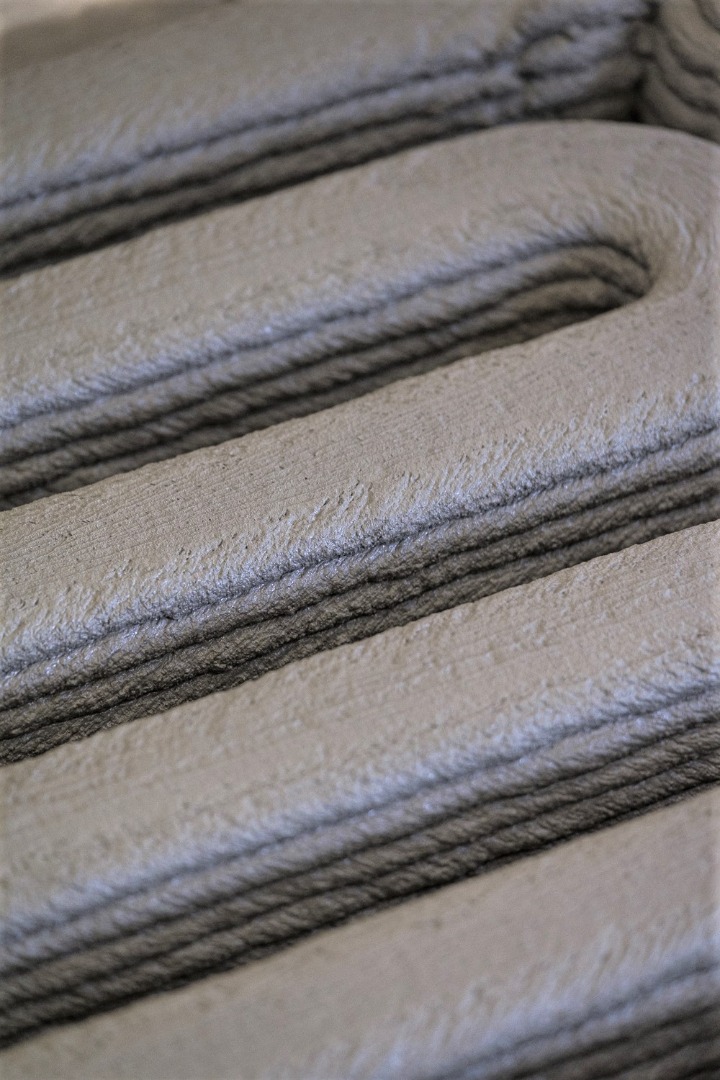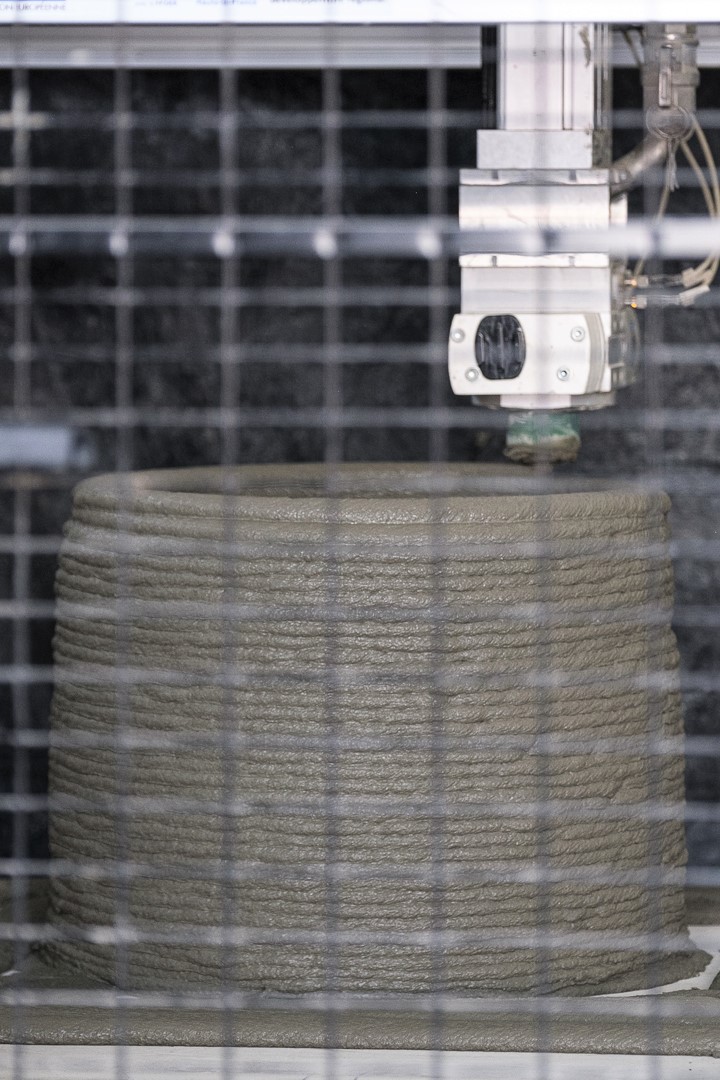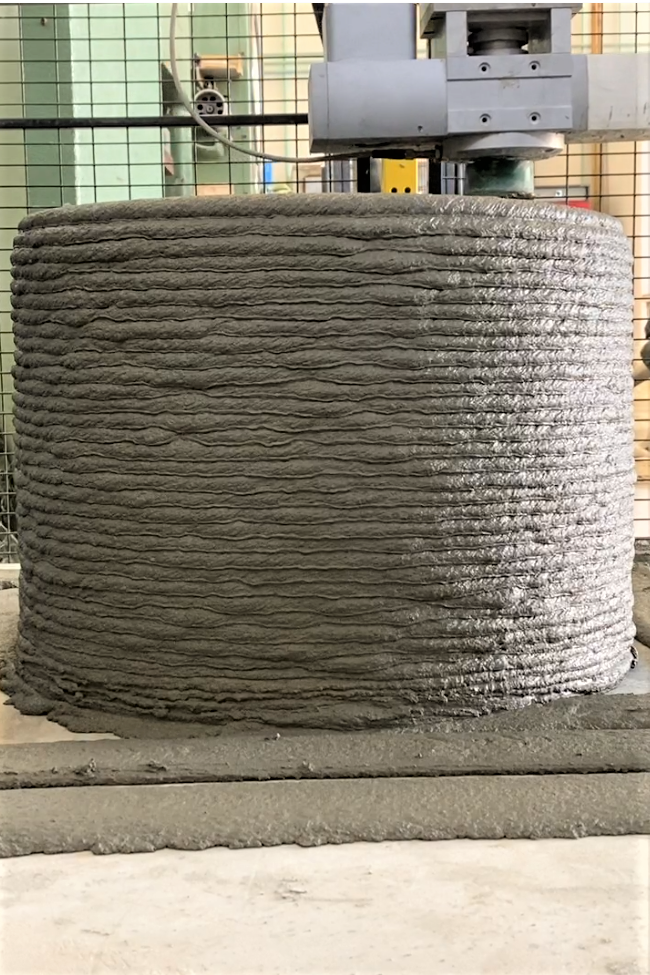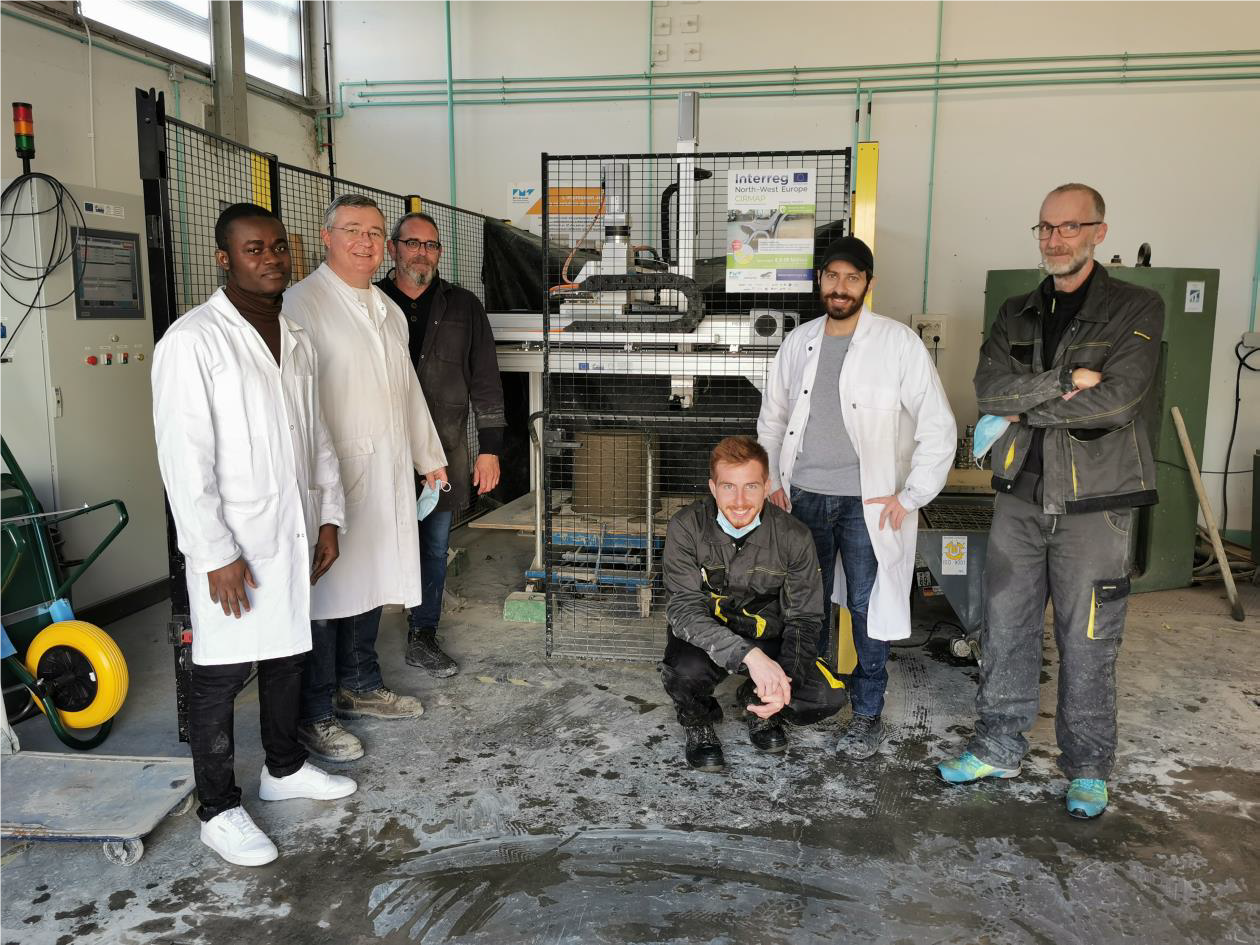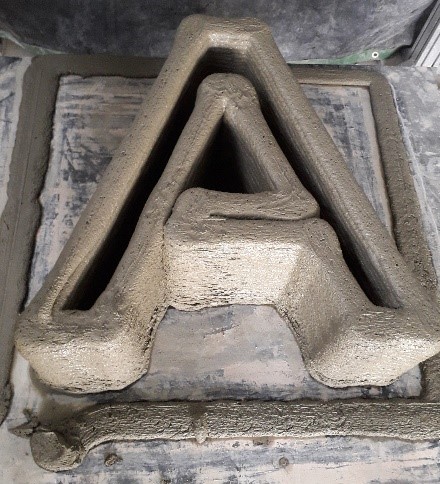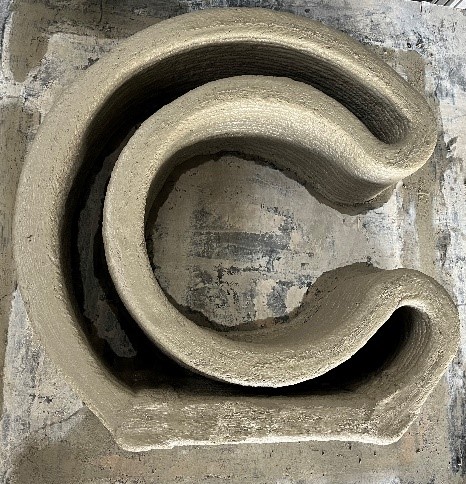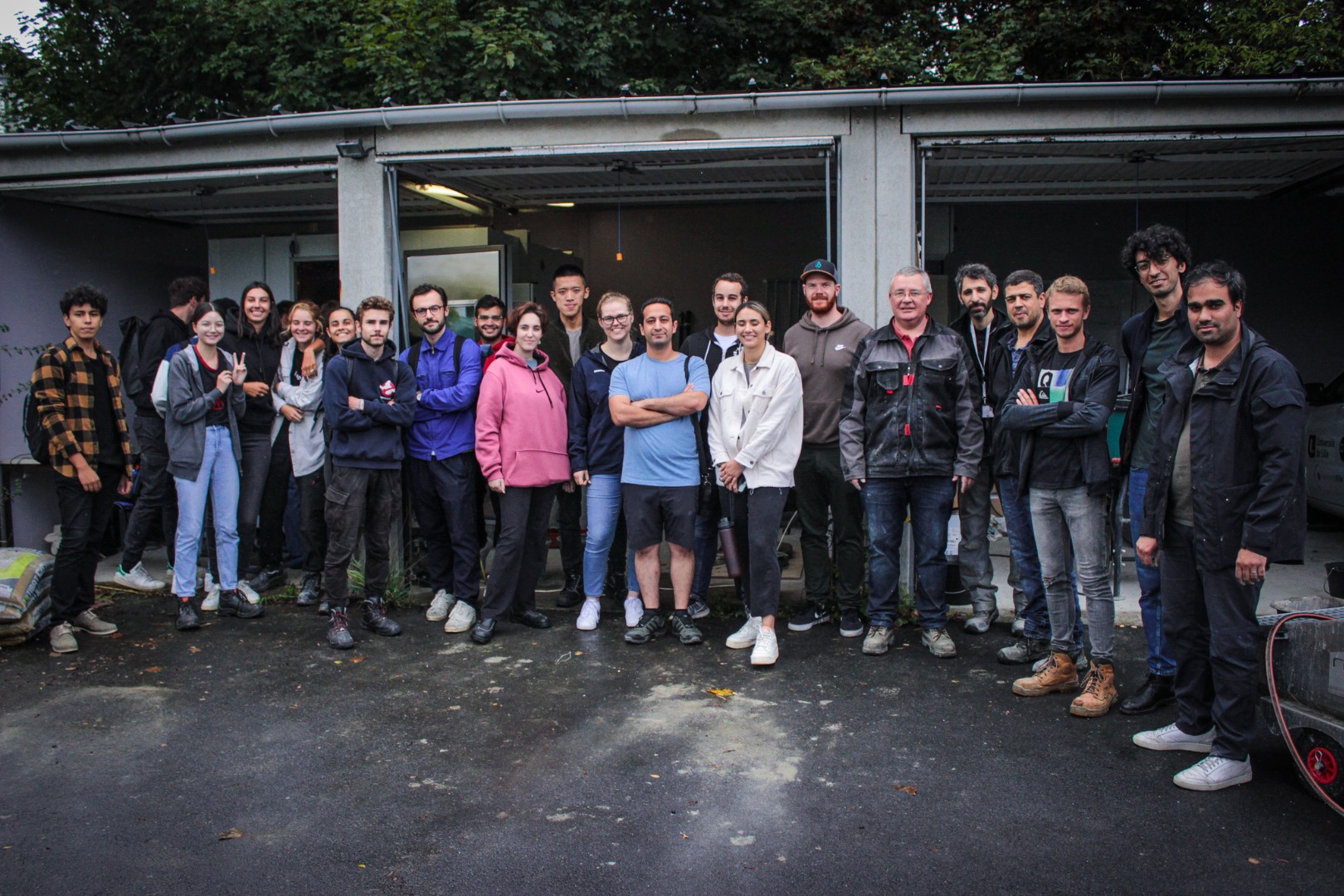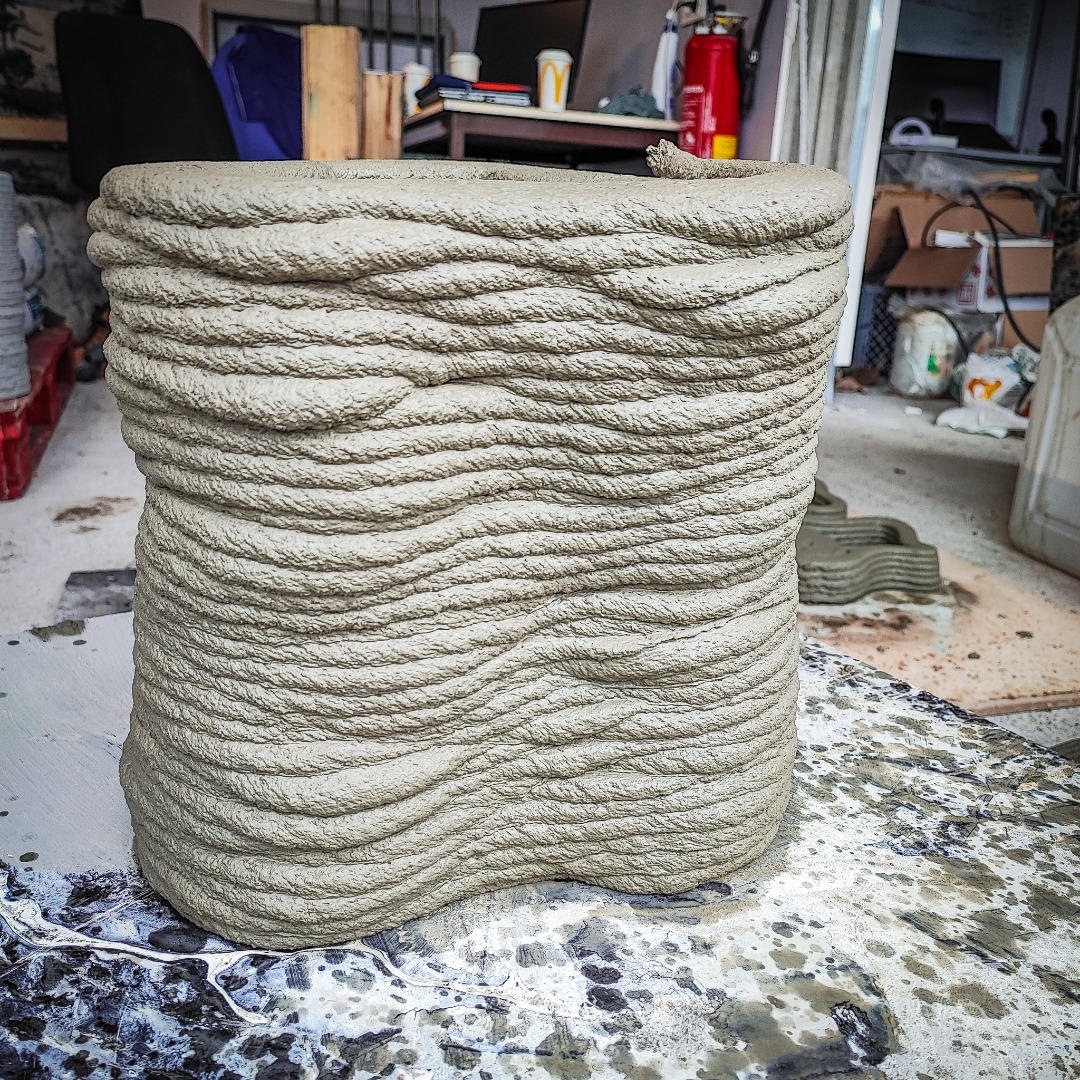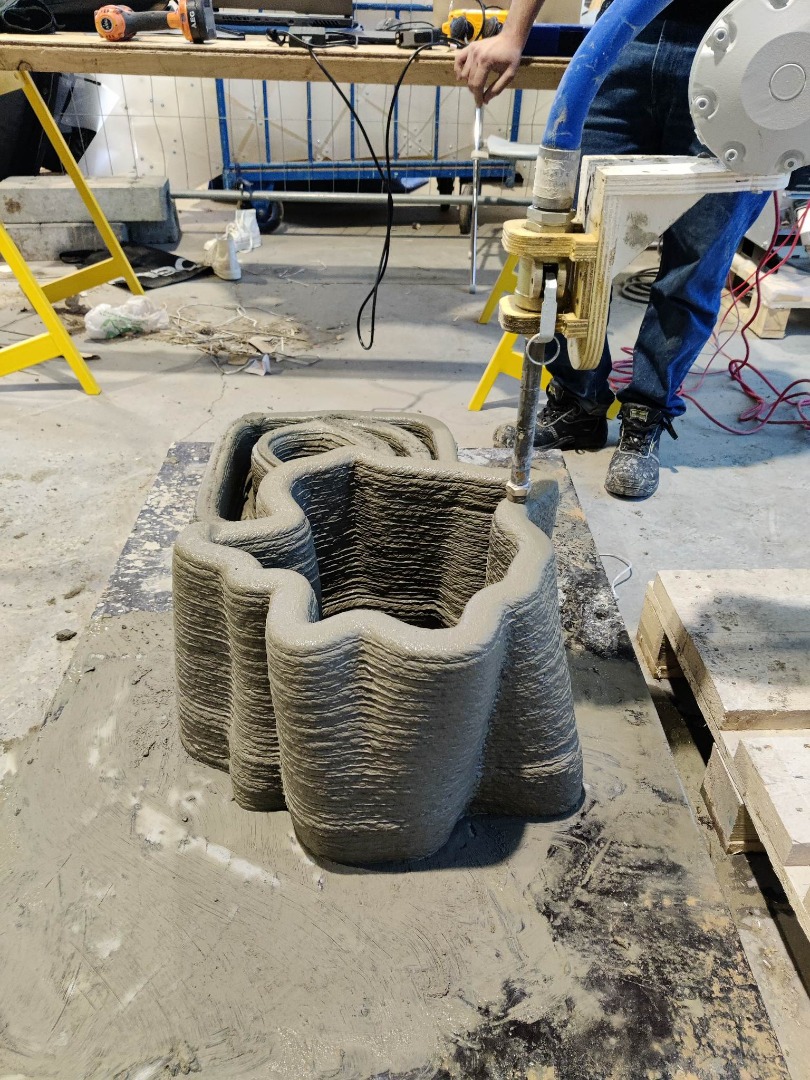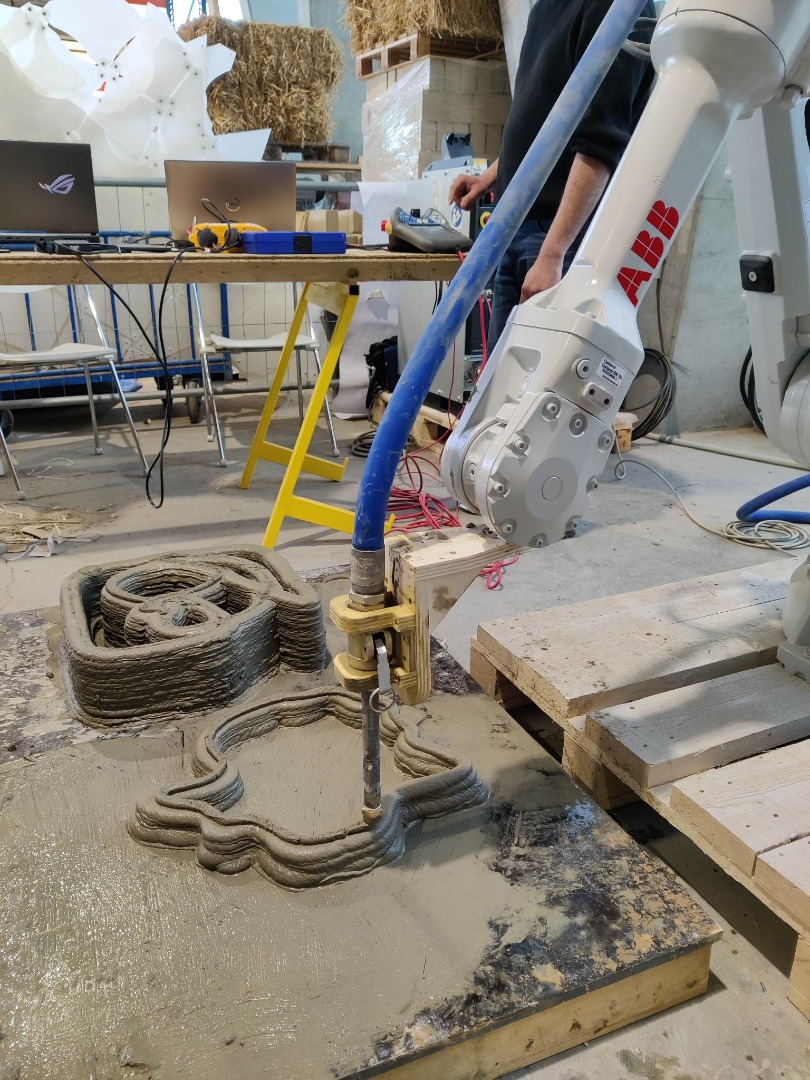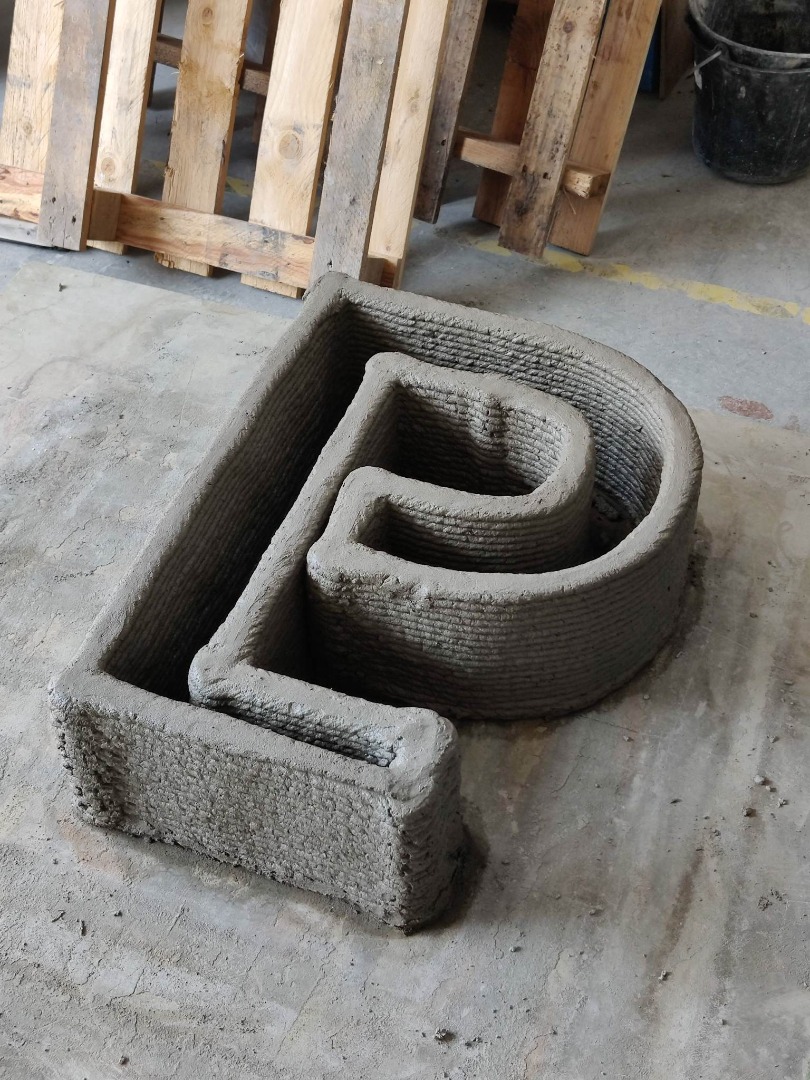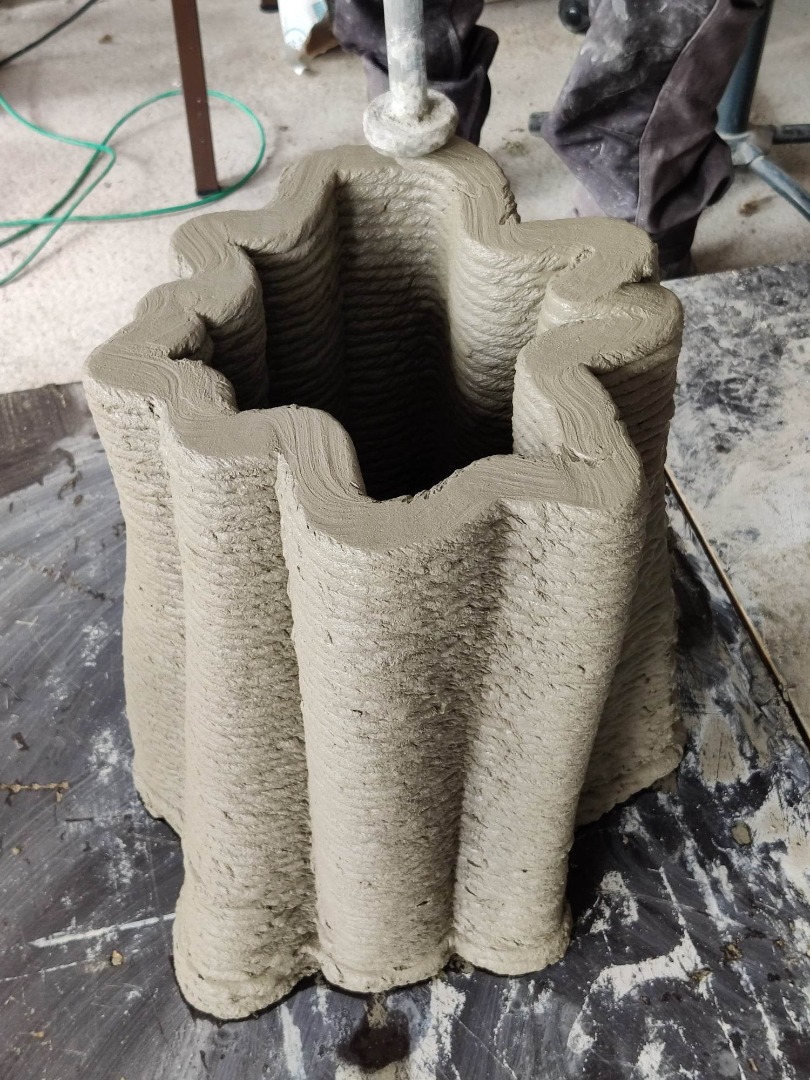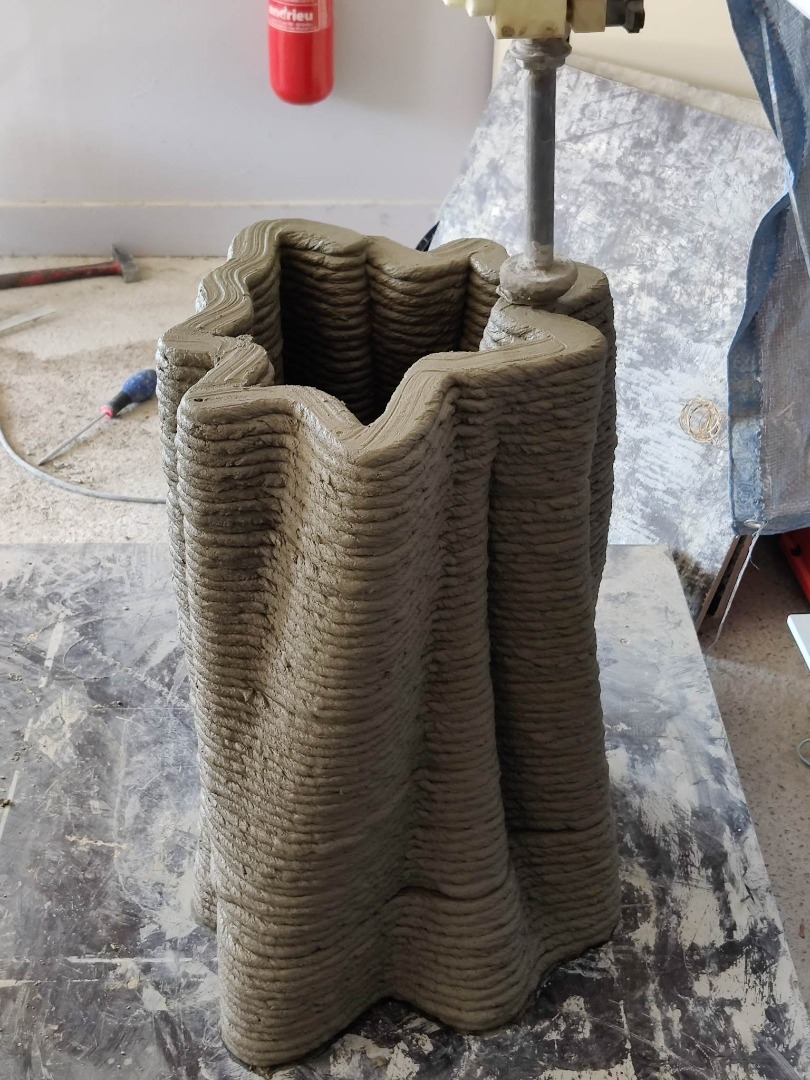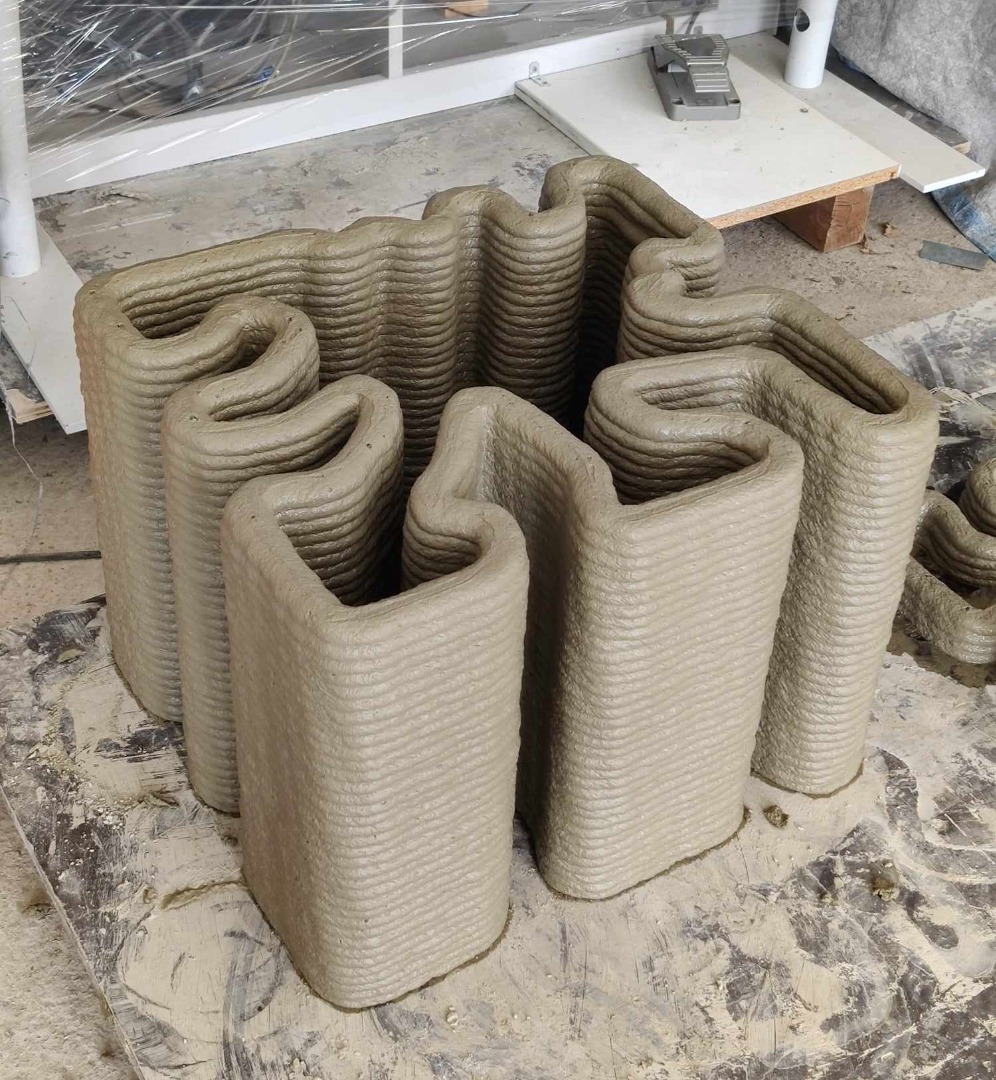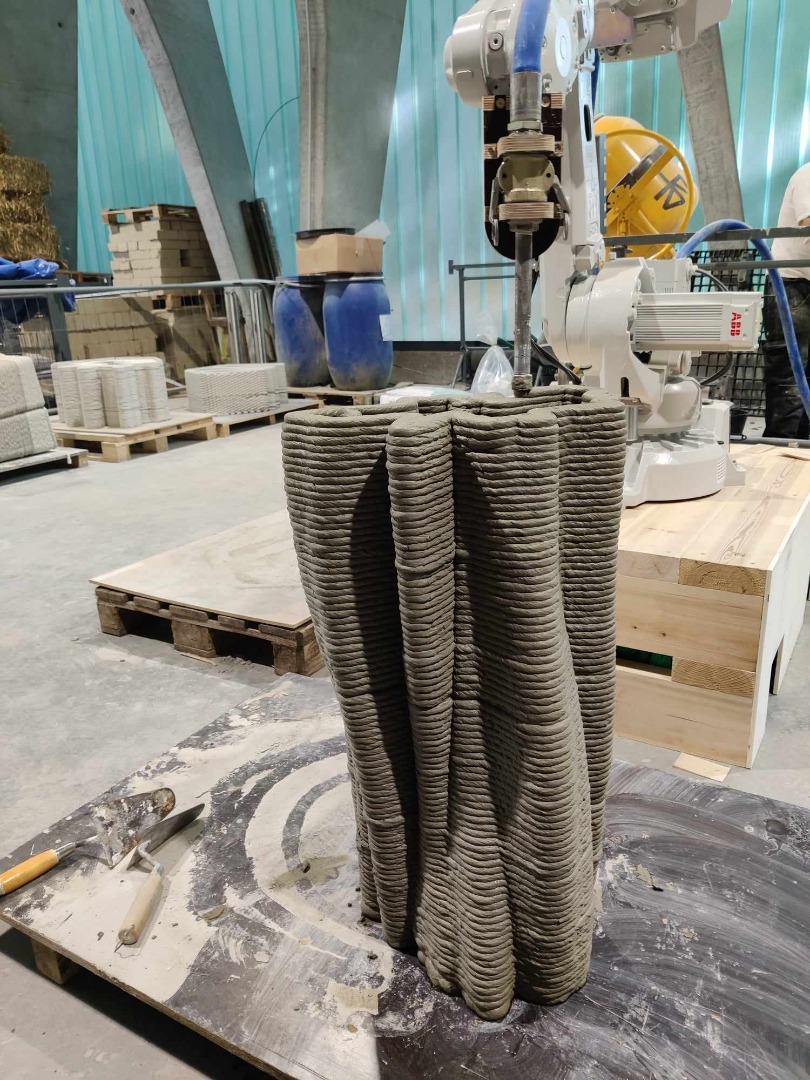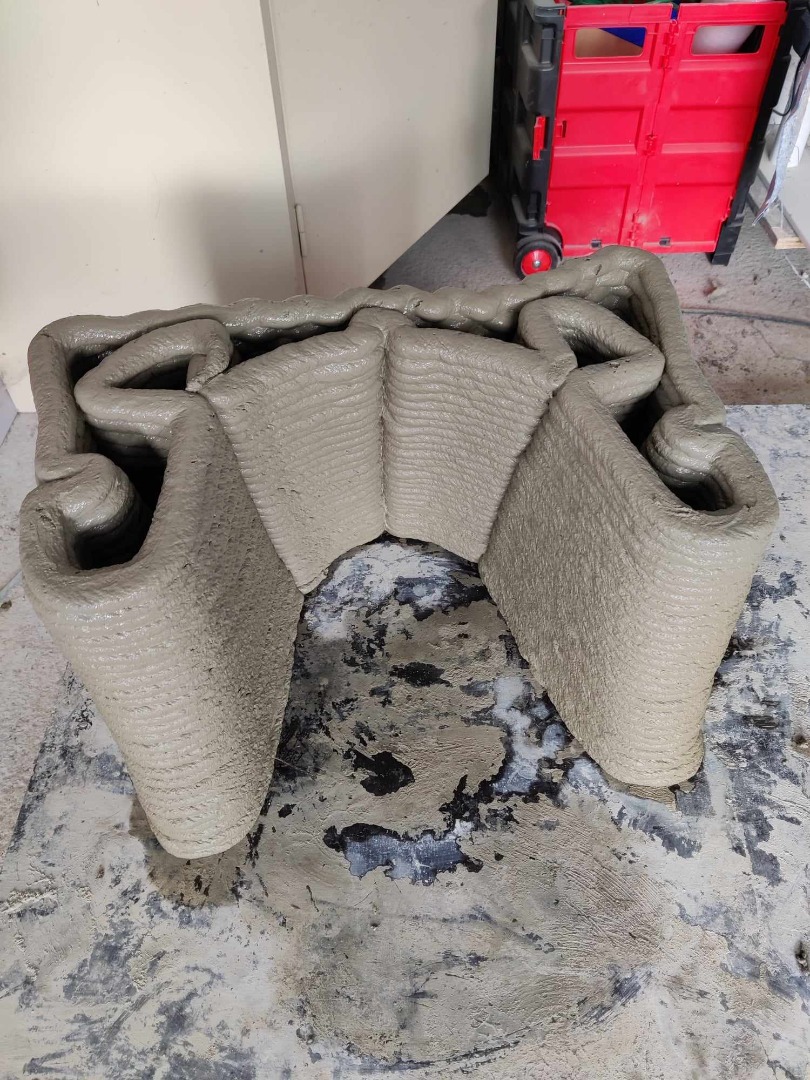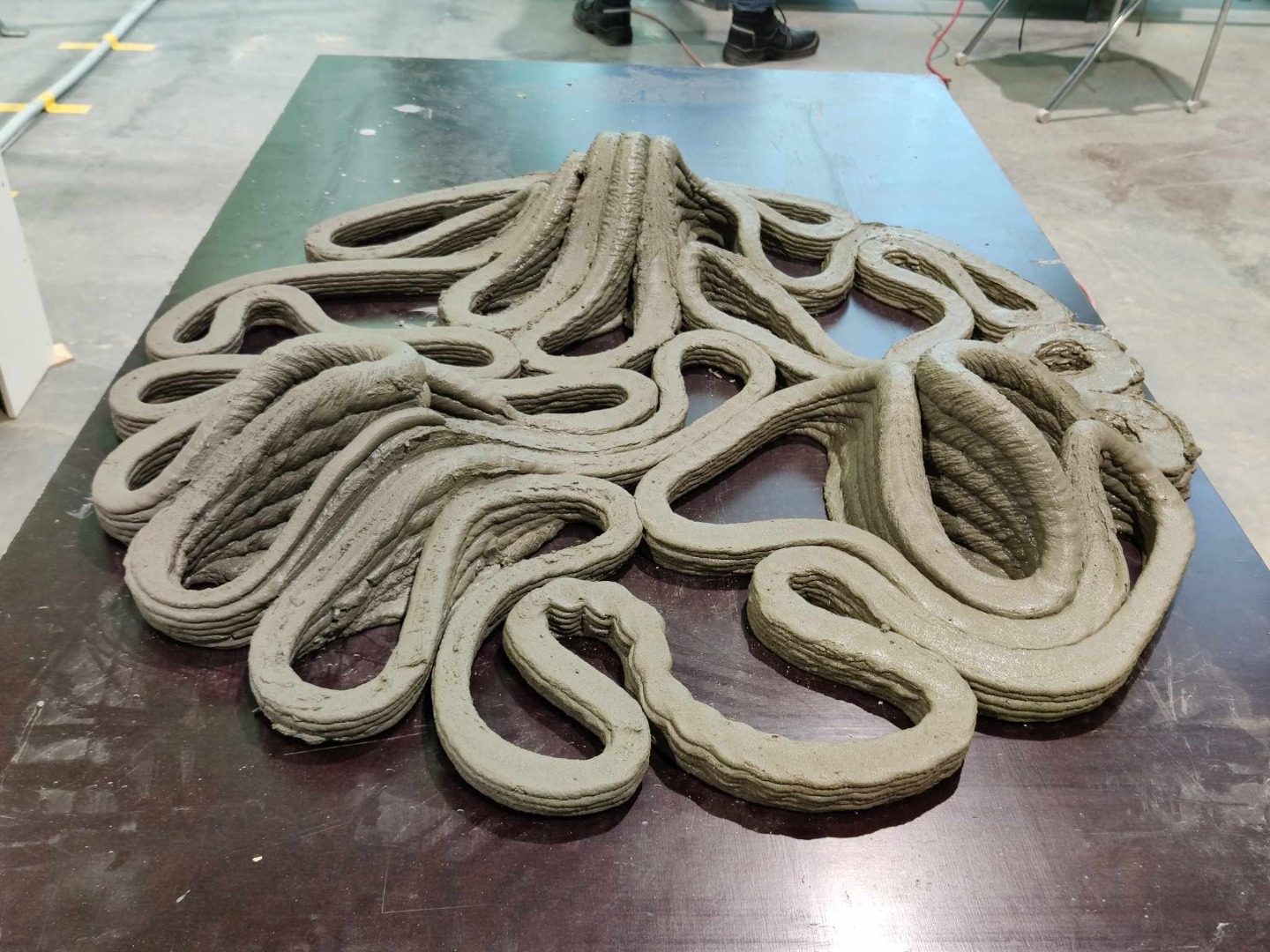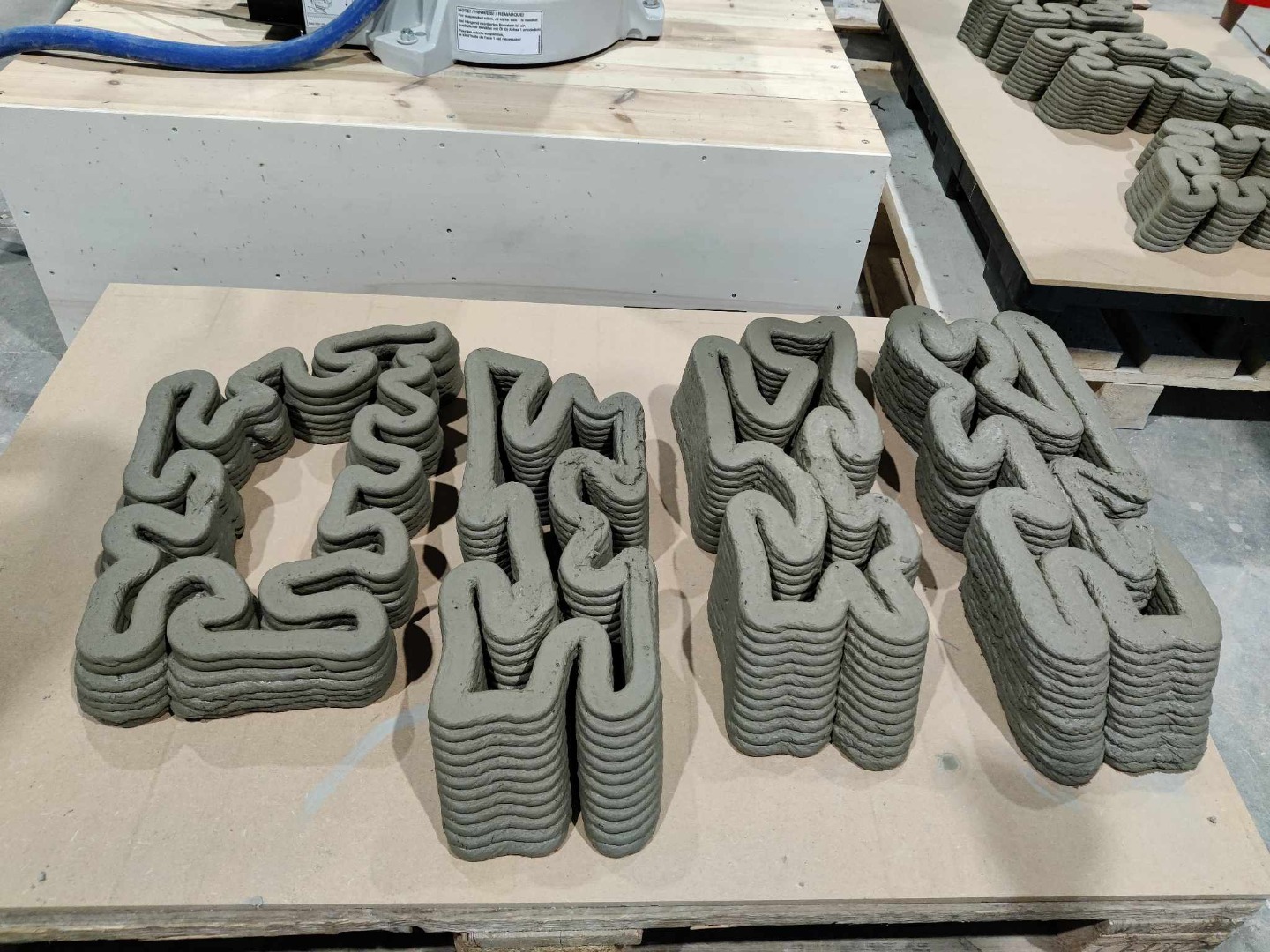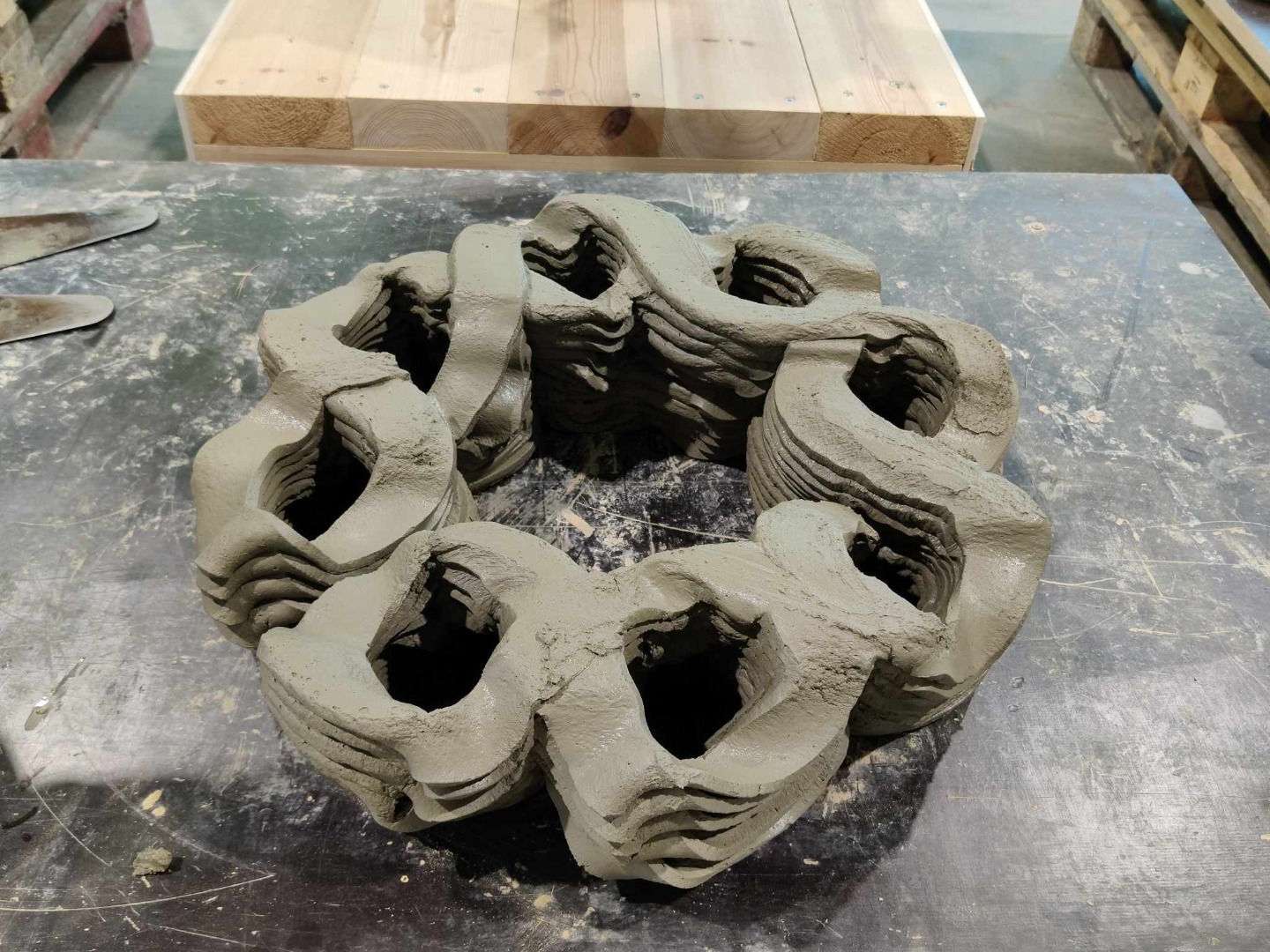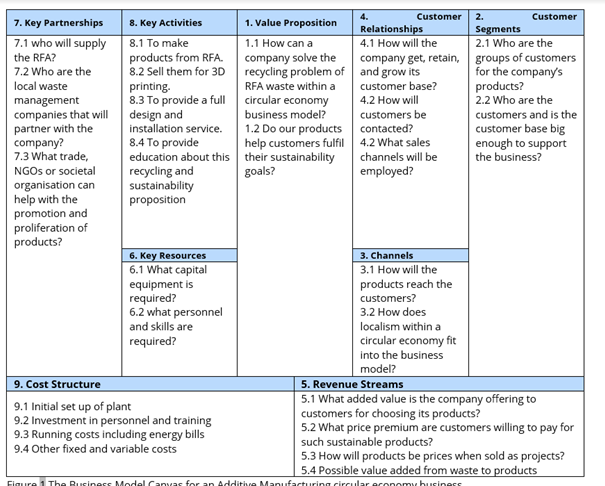Aggregates Lif Cycle 2.What is a recycling center

What is a recycling centre ?
A recycling center generally offers several services : recovery and consolidation of excavated soil, inert construction waste recycling and recycled products sale.
When we speak of inert waste, we mean any waste that does not decompose, does not burn and does not produce any physical or chemical reaction. When we talk about construction and demolition waste, inert waste includes brick, tiles, tiles, glass, earth and stones, bituminous and concrete.
Inert waste recycling is an obligation in the Walloon Region. Waste is sorted directly on site and then transported to approved recycling centres. They can come from buildings deconstruction, road surfaces, etc.
Inert waste treatment includes several stages that begin directly on site and continue in the recycling center:
Selective sorting of waste
A first selective sorting of waste is done directly on site. This sorting is extremely important for the smooth running of the following steps. Indeed, it allows more efficient recycling and the use of the recycled product in higher performance applications. It allows, for example, the use of concrete waste as aggregates for new concrete prdocution where unsorted waste will be used as backfill material.
Reception, control and storage in a recycling center
Upon arrival at the recycling centre, waste is weighed and identified. Non-inert and hazardous waste such as hydrocarbons containing tar or asbestos are detected beforehand and prohibited from entering. For others, they are stored on different piles depending on their origin, hence the importance of sorting on site! There are generally 3 main categories : mixed, concrete and hydrocarbon. These categories are generally dealt with separately.
- Concrete: Concrete waste comes from deconstruction of buildings or civil engineering infrastructure (concrete or reinforced concrete).
- Mixed : Mixed waste comes from buildings construction/renovation/deconstruction (bricks/blocks/tiles).
- Hydrocarbon: Hydrocarbon waste comes from civil engineering infrastructure deconstruction (road surfaces, etc.), car parks demolition, etc.
Treatment and sorting of undesirables
Waste is then transformed into secondary material by passing different steps :
- Pre-scalping is a preliminary operation whose purpose is to eliminate soil potentially present in raw waste. It is carried out using a sieve:
- Crushing consists of grinding materials to reduce their dimensions.
- Screening is the operation of sorting different elements produced during crushing according to their dimensions. It therefore makes it possible to establish different categories of materials according to their application: sand, gravel for concrete, gravel for backfill.
During these stages, unwanted waste (wood, paper, green waste, metals, etc.) is removed using different methods: manual sorting tables, blowers/suction, electromagnets, flotation/washing.
Quality and environmental control
Recycled aggregates production is governed by a quality management system (FPC) which certifies their compliance with European product standards. Aggregates are subject to regular sampling for quality control.
As part of the new legislation "Exit from waste status", recycled aggregates placed on the market as a product must be CE2+ certified. CE mark indicates that the product meets European requirements for safety, health and environmental protection. All natural or recycled aggregates placed on the market in applications covered by a harmonized standard must bear this marking.
Technical characteristics and marketing
Once produced, recycled aggregates are stored by type (mixed, concrete, hydrocarbon) and by grain size. They will be marketed for applications according to their characteristics and grain sizes.

















